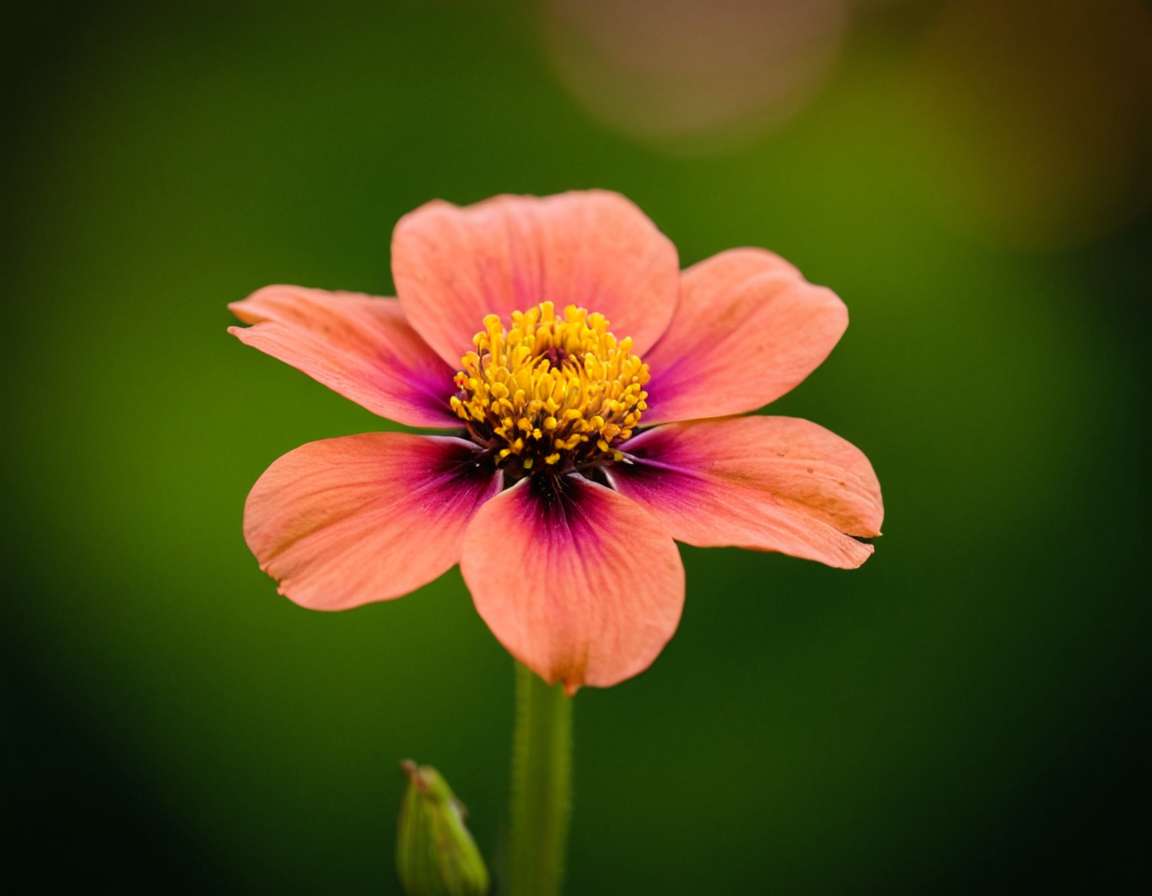Depth of Field Mastery with Kit Lenses

Mastering Depth of Field: The Ultimate Guide to Maximizing Kit Lens Landscape Photos
As a landscape photographer, you’re no stranger to the importance of depth of field in capturing the essence of your subject. However, when working with kit lenses, it can be challenging to achieve the desired level of control over this critical aspect of photography. In this article, we’ll delve into the world of depth of field and explore practical tips and techniques for maximizing its potential in landscape photography using kit lenses.
Understanding Depth of Field
Before we dive into the nitty-gritty, let’s take a moment to understand what depth of field actually is. In simple terms, it refers to the area in an image that appears to be in focus. A large depth of field means everything from front to back is sharp, while a small depth of field isolates a specific subject or region.
Kit lenses, due to their wide-angle nature, often struggle with achieving a shallow depth of field. This can lead to a lack of control over the final image, making it difficult to isolate subjects or create the desired aesthetic.
**Principles for Maximizing Depth of Field with Kit Lenses
- Aperture: The aperture is perhaps the most critical aspect of controlling depth of field. A large aperture (small f-stop number) will result in a shallow depth of field, while a small aperture (large f-stop number) will keep more of the image in focus.
- Focal Length: Kit lenses typically have a focal length between 10-24mm. These wide-angle lenses are best suited for capturing broad vistas and expansive landscapes.
- Composition: The way you compose your shot can greatly impact the final depth of field. By placing subjects or elements off-center, you can create a more shallow or deep depth of field, respectively.
**Practical Tips for Maximizing Depth of Field with Kit Lenses
Using Small Aperture Values
When working with kit lenses, it’s often tempting to use wide aperture values to achieve a shallow depth of field. However, this can lead to an overly distorted image and lost detail in the foreground.
Instead, consider using small aperture values (high f-stop numbers) to create a more controlled environment. This will allow you to isolate specific elements or subjects while maintaining a more natural look.
Using Fisheye Adaptation
If you’re working with a kit lens that has a fisheye adaptation, this can be an effective way to control the depth of field. By using a fisheye adapter, you can effectively “correct” for the distortion caused by the wide-angle lens, creating a more natural-looking image.
Using Focus Stacking
Focus stacking is a technique where multiple images are taken at different focus points, then combined into a single image. This method allows you to achieve a very shallow depth of field, making it ideal for capturing high-quality images of intricate details or complex subjects.
Composition and Post-Processing
Finally, remember that composition plays a significant role in determining the final depth of field. By using leading lines, framing, and other composition techniques, you can create visually appealing images that guide the viewer’s eye.
Post-processing is also an essential step in achieving the desired depth of field. Using software such as Lightroom or Photoshop, you can adjust exposure, contrast, and other settings to fine-tune the image and create a more cohesive look.
**Conclusion & Call to Action
Mastering depth of field with kit lenses requires patience, practice, and a solid understanding of the principles involved. By following these practical tips and techniques, you’ll be well on your way to capturing stunning landscape images that showcase your artistic vision.
The next time you find yourself behind the lens, remember that even the most basic kit lens can be used creatively to produce exceptional results. Experiment with different aperture values, composition, and post-processing techniques to push the boundaries of what’s possible.
**Is there a particular technique or approach you’ve found effective in maximizing depth of field? Share your experiences and tips in the comments below!
Tags
maximizing-depth-of-field kit-lens-landscape-photography focal-length-tips creative-camera-techniques natural-scenery-capture
About Emily Williams
As a seasoned photographer and educator, I help creative minds unlock their potential on lentecreativa.com. With a focus on real-world tips & techniques, I inspire photographers to push boundaries & tell stories that matter.
